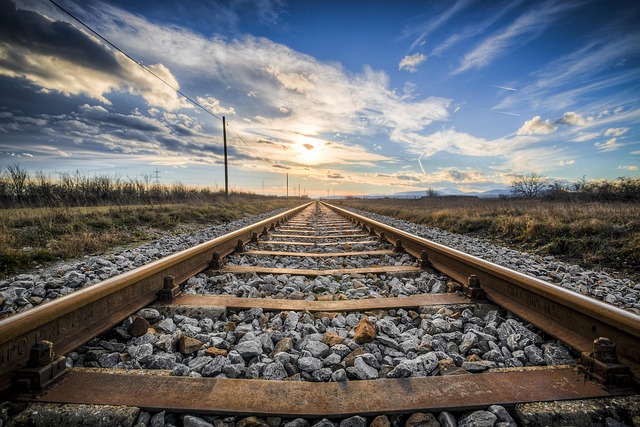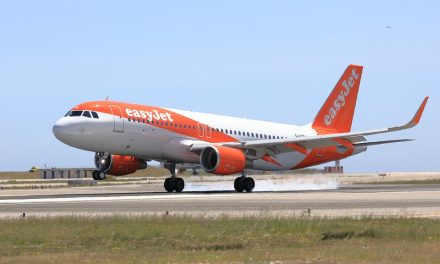In a landmark moment for the UK rail industry, South Western Railway (SWR) has officially returned to public ownership, becoming the first major train operator nationalised under the Labour government’s new Passenger Railway Services (Public Ownership) Act 2024. The transfer, which came into effect today, marks a pivotal shift in how the country’s railways are managed, signalling a broader move toward full nationalisation of passenger rail by 2030.
A Bold Step Toward Public Control
The management of SWR is now in the hands of DfT Operator Ltd (DFTO), a subsidiary of the Department for Transport. This transition aligns with Labour’s long-standing manifesto commitment to return fragmented rail franchises to public ownership as they expire or underperform.
The strategy is part of the government’s larger plan to consolidate UK rail services under a single, public entity—Great British Railways (GBR)—which is expected to oversee rail infrastructure, fares, timetables, and passenger services nationwide.
Transport Secretary Louise Haigh described today as a “new dawn for passengers” and emphasized the importance of reinvesting in services rather than paying dividends to shareholders.
“For too long, passengers have paid more for less. This change puts their needs first and ensures we can rebuild a railway that works for the many, not the few,” she said in a statement.
New Trains, Old Problems
Despite the fanfare, challenges remain. The £1 billion “Arterio” train fleet, ordered to modernise SWR’s stock, has faced significant delays. Only a fraction of the 90 new units are in active service due to production setbacks and disagreements between operators and manufacturers over technical protocols.
The delays have drawn criticism from passengers and watchdog groups, especially as aging trains continue to struggle with reliability issues. The government insists the new trains will be fully operational by 2026, but has not ruled out contractual penalties for manufacturers if targets aren’t met.
Financial and Fare Implications
One of the major arguments for public ownership has been cost efficiency. According to Treasury estimates, eliminating profit-driven private contracts could save taxpayers around £150 million annually.
However, there are no immediate plans to cut fares. Officials say any financial savings will instead go toward infrastructure upgrades, digital ticketing systems, and station improvements.
Passengers hoping for cheaper travel may have to wait until 2026, when fare structures are expected to be reviewed under GBR’s unified national pricing model.
Union Reactions: Cautious Optimism
Rail unions, particularly the RMT and TSSA, have welcomed the move but are pressing for more comprehensive changes. They want outsourced workers—such as cleaners, security staff, and catering teams—to also be brought under the public payroll.
TSSA General Secretary Maryam Eslamdoust called the nationalisation a “vital first step,” but urged ministers to “finish the job by making sure every worker who keeps the railway running is treated as an equal.”
The unions have also emphasized the need for better workforce protections and more frequent service reviews involving frontline staff.
Public Reaction and Passenger Confidence
Initial public sentiment appears cautiously positive. Many commuters expressed hope that nationalisation would result in fewer delays, better station facilities, and more responsive customer service.
However, industry analysts warn that success will depend on long-term investment, consistency in leadership, and clear performance metrics to avoid bureaucratic stagnation.
A recent YouGov poll indicated that 64% of UK adults support public ownership of rail, citing affordability and service reliability as top concerns.
What’s Next for the UK’s Rail Network?
Following SWR, the Department for Transport has confirmed that C2C and Greater Anglia are the next franchises scheduled to return to public hands later this year. By 2027, the government expects over half of England’s rail services to be publicly operated.
The Great British Railways body is set to be fully operational by 2028, unifying track and train under a single governing entity, akin to systems in Germany and Switzerland.
The ultimate goal is to deliver a simplified, cost-effective, and environmentally sustainable railway that serves both passengers and freight while contributing to the UK’s broader Net Zero ambitions.
Conclusion
The return of South Western Railway to public ownership is more than a symbolic gesture—it’s a bold restructuring of how rail services are delivered in the UK. While challenges around new rolling stock and fare expectations remain, the move sets the tone for a broader transformation of the UK’s transport landscape.
Whether it becomes the model of modern public transit or a cautionary tale of state bureaucracy will depend largely on execution, investment, and continued public and political will.



















